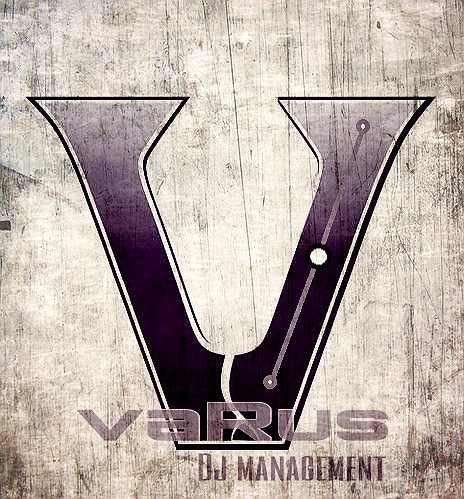The three- (or four-) band equalizer on each
channel of the DJ mixer is your most valuable
tool for professional DJ performances. There are a
couple of basic rules to keep in mind when using
EQ; these can be applied to DJ mixers as well as
music production.
The first rule is — keep your EQ at 12:00 as a
default, unless you are making a particular
adjustment. That is to say, the EQ sounds best at
unity gain, so keep your EQ at 0db whenever
possible.
The second rule is — cut (don’t boost) the signal.
This requires thinking backwards through your
process a bit. For instance, if you are inclined to
turn up the bass, turn down the mids and highs a
bit instead and turn up the channel gain if
needed.
Another good rule of thumb to follow when DJing
is — only use one sub-bass source at a time.
Generally speaking, playing two tracks with heavy
sub-bass at the same time will create a muddy
mix and won’t sound good on a large sound
system. EQ is your best friend in these situations —
simply turn down the bass of one the tracks when
you’re mixing them together to keep the overall
sound punchy and tight. You can swap the bass
lines back and forth with the EQ knobs or use the
crossfader to mix between the two tracks, just
remember to only use one bass source at a time
for optimum sound quality and crowd response.
Pages
Tuesday, 7 January 2014
Dj tips 9
Subscribe to:
Post Comments (Atom)


No comments:
Post a Comment